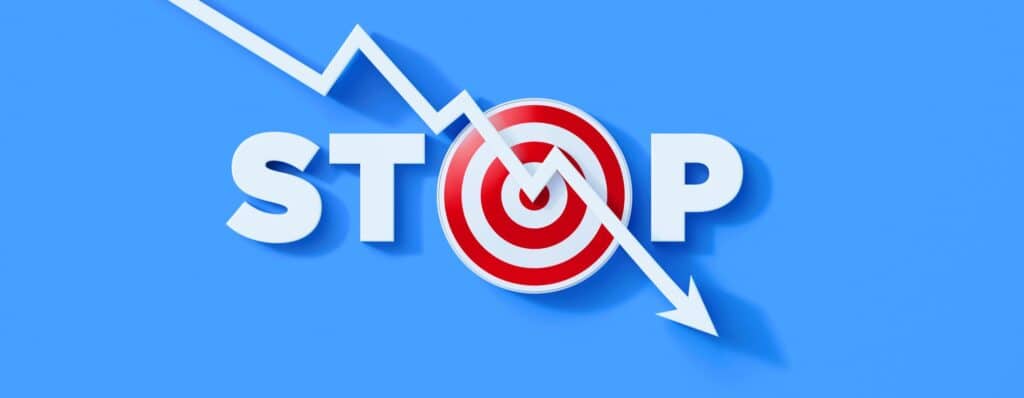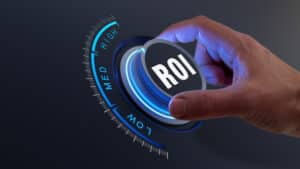The Costly Mistakes That Hurt Pickup & Delivery Profitability
For dealerships offering Pickup & Delivery, operational inefficiencies can be a silent profit killer. Without a strategic approach to scheduling, driver management, and cost control, what should be a customer service win can quickly become a financial drain.
Many service managers unknowingly struggle with:
❌ Wasted labor costs due to underutilized drivers
❌ Poor route optimization, leading to fuel & time inefficiencies
❌ Scheduling bottlenecks that reduce service capacity
Pickup & Delivery is meant to provide a premium experience. But many dealerships fail to optimize their operations. This leads to lower profitability and higher operational costs.
According to a study by McKinsey & Company, over 60% of automotive customers say convenience and ease of service are deciding factors in their dealership loyalty. If your Pickup & Delivery program isn’t fast, efficient, and customer-friendly, your dealership could be losing revenue instead of gaining it.
Three Optimization Strategies for Maximum Profitability
1. Automate Scheduling & Eliminate Bottlenecks
Without automation, service teams rely on manual scheduling, which often leads to overbooked time slots and idle drivers.
The Problem:
📌 Manual scheduling creates driver bottlenecks, leading to delays and inefficiencies.
📌 Overlapping appointments cause unnecessary mileage, increasing costs.
📌 Service techs get overwhelmed by inconsistent pickup/drop-off timing.
The Solution:
✅ Implement Driver on Demand’s automated scheduling system to keep driver logistics running smoothly.
✅ Align pickup windows with technician availability to reduce wait times.
✅ Use AI-based tools to automatically assign the most efficient routes to reduce fuel costs.
2.Track Driver & Vehicle Movements in Real-Time
One of the biggest hidden costs in Pickup & Delivery programs is wasted mileage and inefficient driver usage.
Common Issues Without Real-Time Tracking:
❌ Drivers take longer routes, increasing fuel and labor costs.
❌ Delays and untracked vehicle locations frustrate customers.
❌ Dealerships struggle to verify accurate Ford reimbursements for pickups.
How to Fix It:
📍 Use GPS-enabled tracking to monitor driver efficiency in real-time.
📍 Assign the closest available driver to each job to reduce mileage.
📍 Implement geo-fencing alerts so service managers are always aware of vehicle movement.
3. Measure Pickup & Delivery Profitability—And Adjust Strategy
Are you measuring the profitability of your Pickup & Delivery service? If not, you might be leaving money on the table.
Key Metrics to Track:
📊 Cost per pickup & delivery – Are drivers being utilized efficiently?
📊 Average revenue per service visit – Are you upselling properly?
📊 Customer retention after first pickup – Do customers return after using your Pickup & Delivery service?
Adjust Your Strategy Based on Data:
✅ If costs are too high, adjust driver scheduling or pickup zones.
✅ If retention is low, improve customer communication and follow-ups.
✅ If revenue per visit is low, train advisors to upsell during pickups.
Final Takeaway—Stop Losing Profit on Pickup & Delivery
A well-optimized Pickup & Delivery program drives profitability, boosts retention, and increases CSI scores—but only if it’s managed correctly.
With Driver on Demand, your dealership can:
✔ Automate scheduling to eliminate inefficiencies
✔ Use GPS tracking to reduce unnecessary costs
✔ Measure KPIs to continuously optimize profitability
Ready to turn your Pickup & Delivery program into a revenue generator?






